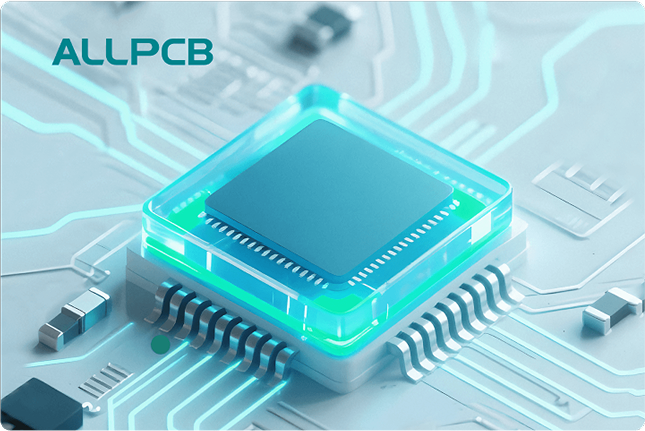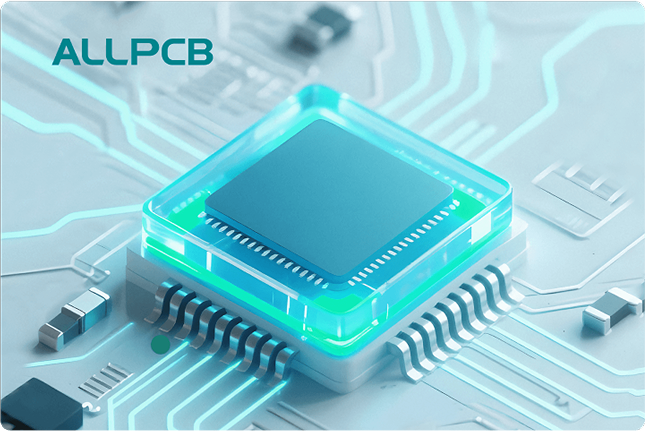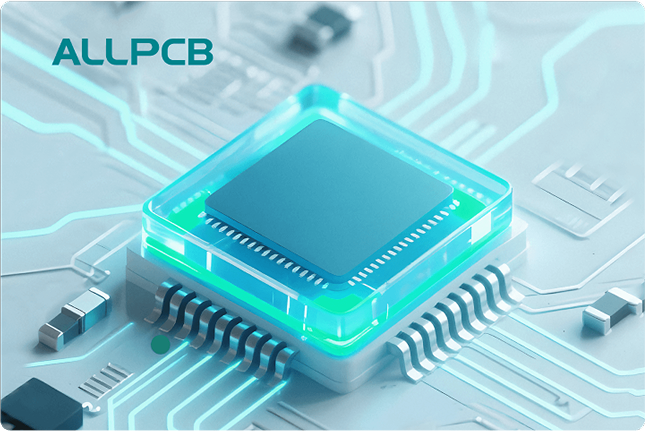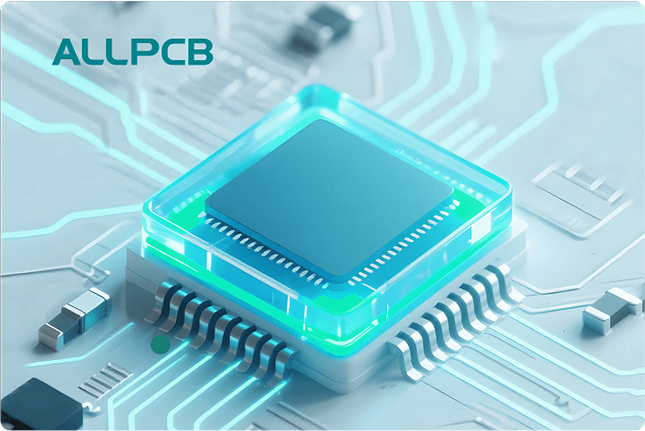When it comes to surface mount technology (SMT) assembly, the choice of PCB material plays a critical role in determining the overall performance, reliability, and manufacturability of the final product. Selecting the right PCB material for SMT assembly can mean the difference between a high-performing electronic device and one plagued by failures. In this comprehensive guide, we’ll explore how PCB material properties, SMT assembly PCB substrate choices, and PCB material selection directly influence SMT assembly high-performance PCBs. Whether you’re an engineer or a designer, this blog will provide actionable insights to help you make informed decisions.
Why PCB Material Selection Matters for SMT Assembly
The foundation of any printed circuit board (PCB) is its substrate material, which supports the components and ensures electrical connectivity. In SMT assembly, where components are mounted directly onto the surface of the PCB, the material must withstand high temperatures, provide dimensional stability, and ensure reliable electrical performance. A poor choice in PCB material for SMT assembly can lead to issues like warping, delamination, or signal loss, ultimately affecting the device's functionality.
By understanding the impact of PCB material properties, you can optimize your design for better thermal management, signal integrity, and long-term reliability. Let’s dive into the key factors that connect PCB material selection with SMT assembly high-performance PCBs.
Key PCB Material Properties Affecting SMT Assembly
The performance of a PCB in SMT assembly largely depends on specific material properties. These characteristics influence how the board behaves during manufacturing and operation. Below are the most critical properties to consider when choosing an SMT assembly PCB substrate.
1. Dielectric Constant (Dk) and Signal Integrity
The dielectric constant, or Dk, measures a material’s ability to store electrical energy in an electric field. For high-frequency applications, a lower Dk value is often preferred as it reduces signal delay and crosstalk. For instance, materials like PTFE (with a Dk of around 2.1) are ideal for high-speed circuits, while standard FR-4 (Dk around 4.5) works well for general-purpose designs. In SMT assembly high-performance PCBs, mismatched Dk values can lead to signal integrity issues, especially in densely packed boards with small components.

2. Thermal Conductivity and Heat Dissipation
During SMT assembly, PCBs are exposed to high temperatures in reflow soldering, often exceeding 260°C. Materials with high thermal conductivity, such as metal-core PCBs (thermal conductivity of 1-3 W/mK), dissipate heat effectively, preventing damage to components. In contrast, standard FR-4 (around 0.3 W/mK) may struggle in high-power applications. Poor heat dissipation can cause thermal stress, leading to component failure in SMT assembly PCB substrate designs.
3. Coefficient of Thermal Expansion (CTE)
The CTE indicates how much a material expands or contracts with temperature changes. A mismatch between the CTE of the PCB material and the components can cause mechanical stress, leading to cracks or solder joint failures during SMT assembly. For example, FR-4 has a CTE of about 14-17 ppm/°C, while ceramic substrates can be as low as 6-8 ppm/°C, offering better stability for high-reliability applications in SMT assembly high-performance PCBs.
4. Dissipation Factor (Df) and Signal Loss
The dissipation factor, or Df, measures the energy loss in a material as a signal passes through it. A lower Df is crucial for high-frequency designs to minimize signal attenuation. For instance, materials like Rogers 4350B (Df of 0.0037) outperform standard FR-4 (Df of 0.02) in reducing signal loss, making them a better choice for PCB material SMT assembly in high-speed electronics.
How PCB Material Selection Influences SMT Assembly Processes
The choice of PCB material for SMT assembly doesn’t just affect the final product—it also impacts the manufacturing process. Let’s look at how different materials influence key stages of SMT assembly.
1. Solderability and Reflow Soldering
SMT assembly relies heavily on reflow soldering to attach components to the PCB. Materials with poor thermal stability, such as low-grade laminates, may warp or delaminate under high heat, leading to defective boards. High-quality SMT assembly PCB substrate materials, like high-Tg FR-4 (glass transition temperature above 170°C), can withstand reflow temperatures without deforming, ensuring consistent solder joint quality.
2. Component Placement Precision
In SMT assembly, components are placed with extreme precision using automated pick-and-place machines. If the PCB material lacks dimensional stability, even slight warping can misalign pads and components, leading to assembly errors. Materials with low moisture absorption, such as polyimide (absorbing less than 0.5% moisture), help maintain flatness, supporting accurate placement in SMT assembly high-performance PCBs.

3. Reliability During Testing and Operation
After assembly, PCBs undergo rigorous testing to ensure functionality. Materials with inconsistent electrical properties can fail during environmental stress tests, such as thermal cycling or humidity exposure. Choosing a reliable PCB material for SMT assembly, like ceramic-filled laminates, ensures the board performs consistently under varying conditions.
Common PCB Materials for SMT Assembly and Their Applications
Understanding the strengths and limitations of different PCB material properties helps in selecting the right substrate for your SMT assembly project. Below is an overview of common materials used in SMT assembly PCB substrate designs.
1. FR-4: The Standard Choice
FR-4 is the most widely used PCB material due to its cost-effectiveness and versatility. With a dielectric constant of around 4.5 and a thermal conductivity of 0.3 W/mK, it’s suitable for low-to-mid frequency applications. However, for high-frequency or high-power SMT assembly high-performance PCBs, FR-4 may not meet performance needs due to its higher signal loss and lower thermal stability.
2. High-Tg FR-4: Enhanced Thermal Resistance
High-Tg FR-4 offers a glass transition temperature above 170°C, making it a better choice for SMT assembly processes involving lead-free soldering, which requires higher temperatures. It’s ideal for consumer electronics and automotive applications where thermal stress is a concern during PCB material SMT assembly.
3. Polyimide: Flexibility and Durability
Polyimide materials are known for their flexibility and high thermal resistance (Tg above 250°C). They are often used in flexible PCBs for wearable devices and aerospace applications. Their low moisture absorption ensures reliability in humid environments, making them a strong candidate for SMT assembly PCB substrate designs.
4. Rogers Materials: High-Frequency Performance
For applications requiring excellent signal integrity, such as 5G devices or radar systems, Rogers materials (like RO4350B) are preferred. With a low dielectric constant (around 3.48) and low dissipation factor (0.0037), they minimize signal loss, supporting SMT assembly high-performance PCBs in cutting-edge technologies.

Best Practices for PCB Material Selection in SMT Assembly
Choosing the right PCB material for SMT assembly requires balancing performance needs with budget constraints. Here are some practical tips to guide your PCB material selection process.
1. Match Material to Application Requirements
Start by identifying the electrical, thermal, and mechanical demands of your project. For high-speed designs, prioritize low Dk and Df materials. For high-power applications, focus on thermal conductivity and CTE compatibility to ensure reliable SMT assembly high-performance PCBs.
2. Consider Manufacturing Constraints
Some materials, while high-performing, can be challenging to process during SMT assembly. For instance, ceramic substrates offer excellent stability but are brittle and costly. Ensure your chosen SMT assembly PCB substrate aligns with your manufacturing capabilities.
3. Test for Environmental Conditions
If your PCB will operate in harsh environments, select materials with low moisture absorption and high thermal stability. Polyimide or ceramic-filled laminates often perform better in extreme conditions, supporting long-term reliability in PCB material SMT assembly.
4. Collaborate with Your Manufacturer
Work closely with your PCB manufacturer to understand material availability, cost implications, and compatibility with SMT assembly processes. Early collaboration can prevent costly redesigns and ensure the chosen material meets both design and production needs.
Challenges in PCB Material Selection for SMT Assembly
While selecting the right PCB material for SMT assembly is crucial, it comes with challenges. High-performance materials often carry a higher cost, which may not be feasible for budget-conscious projects. Additionally, sourcing specialized materials can lead to longer lead times, delaying production schedules for SMT assembly high-performance PCBs.
Another challenge is balancing multiple material properties. For example, a material with excellent thermal conductivity might have a high dielectric constant, negatively impacting signal integrity. Engineers must prioritize the most critical properties based on the application to achieve optimal performance in PCB material SMT assembly.
Future Trends in PCB Materials for SMT Assembly
As electronics continue to evolve, so do the materials used in PCB manufacturing. Emerging trends in PCB material selection for SMT assembly include the development of eco-friendly laminates with reduced environmental impact and advanced composites for ultra-high-frequency applications. Materials supporting 5G and IoT devices are also gaining traction, with a focus on low-loss dielectrics for better signal performance in SMT assembly high-performance PCBs.
Conclusion
The impact of PCB material selection on SMT assembly performance cannot be overstated. From signal integrity to thermal management, the right PCB material for SMT assembly ensures reliable manufacturing and long-term functionality. By understanding PCB material properties like dielectric constant, thermal conductivity, and CTE, and by aligning your choice of SMT assembly PCB substrate with application needs, you can achieve SMT assembly high-performance PCBs that meet the highest standards.
At ALLPCB, we’re committed to helping you navigate the complexities of PCB material SMT assembly. With our expertise and wide range of material options, you can confidently bring your designs to life. Make informed decisions, and let your PCB material choice pave the way for exceptional SMT assembly outcomes.
 ALLPCB
ALLPCB







